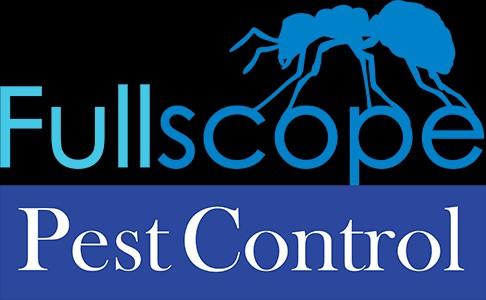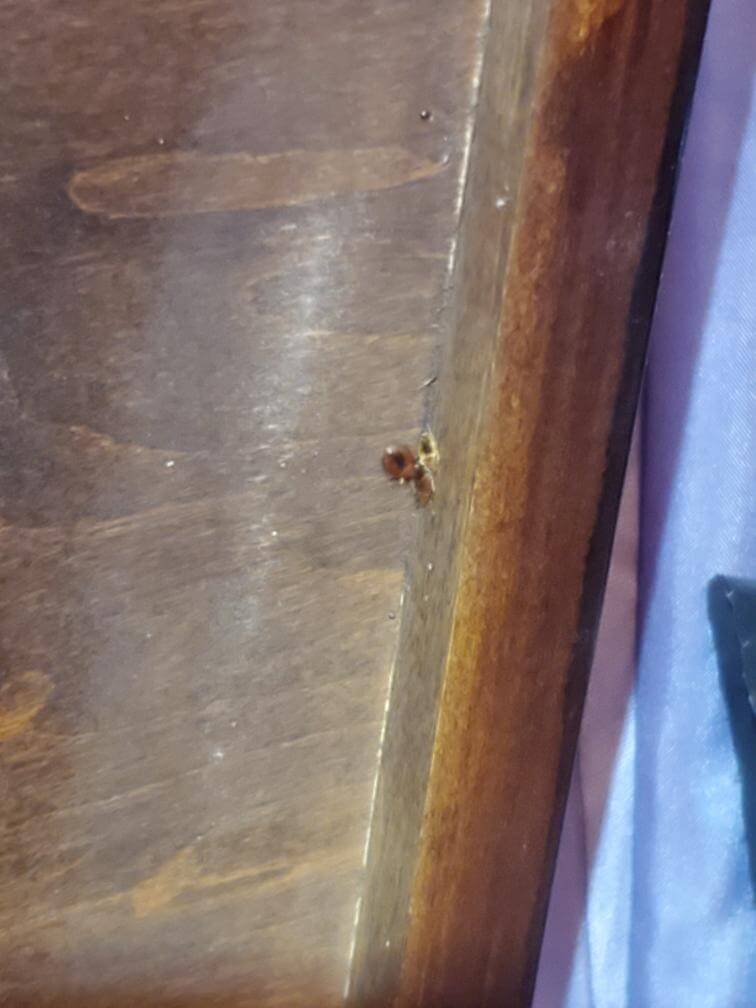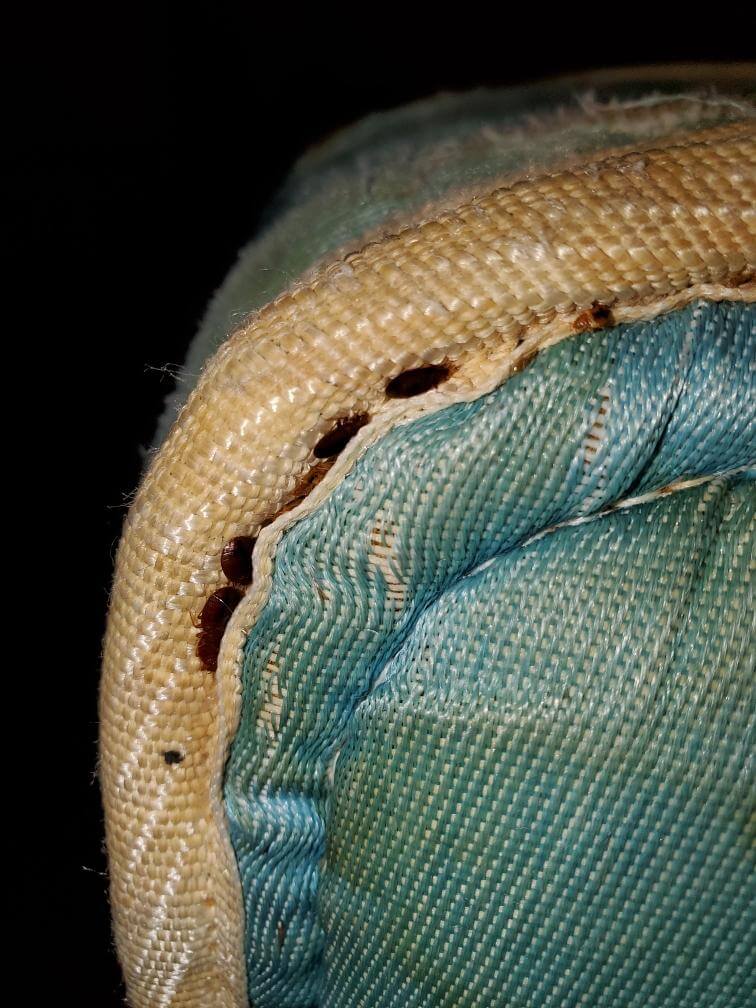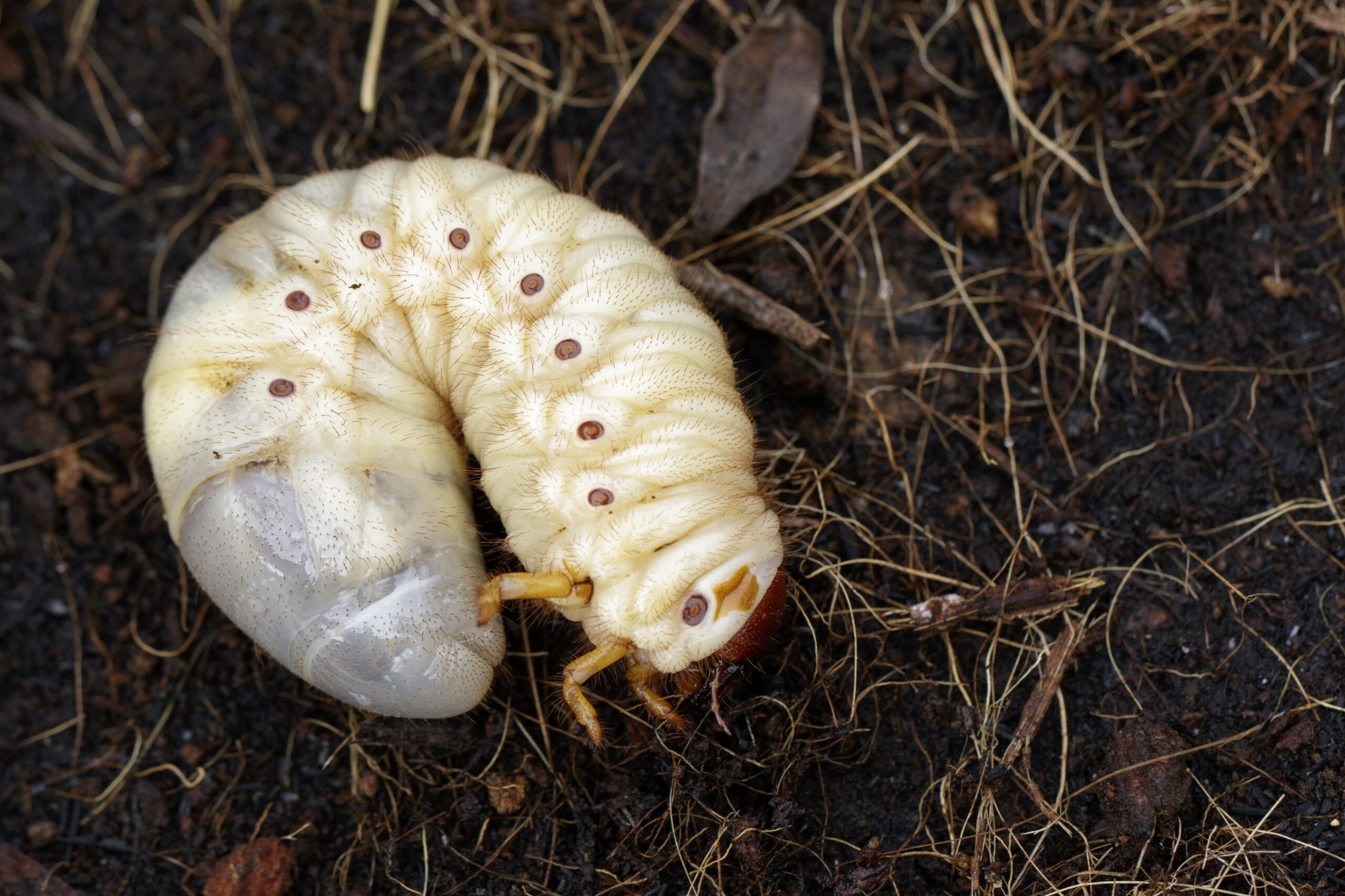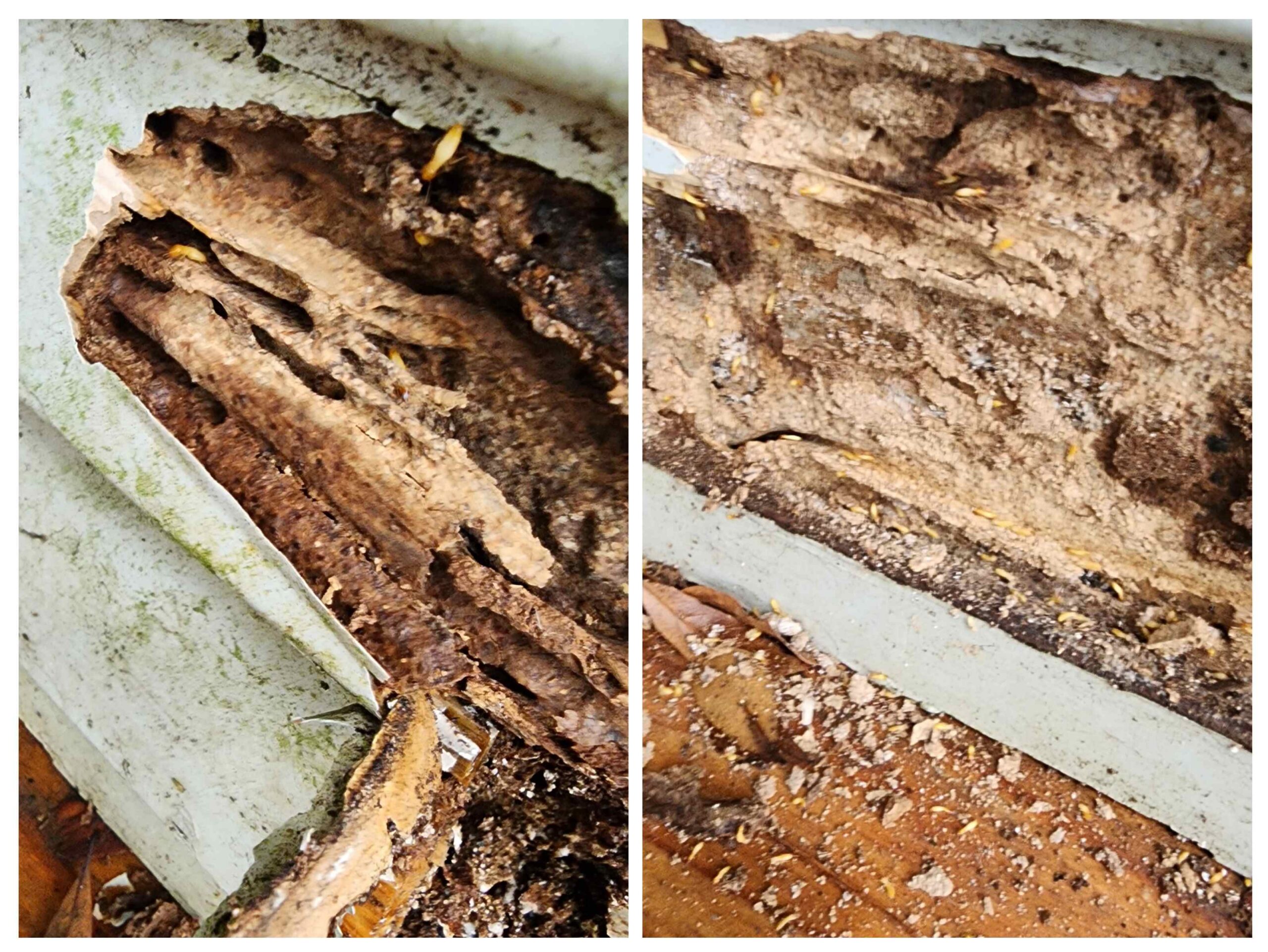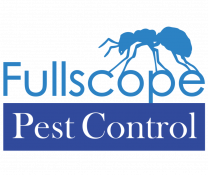Best Way to Eliminate Bed Bugs is to Avoid Them!
There are certain measures that you can take to prevent bed bugs from invading your home, but sometimes—even with the best preparations—bed bugs will still find their way into your house.
Bed bugs are elusive, and they typically hide in narrow cracks and crevices. Basically, anything you can slide a business card into will be an ideal hiding spot for a bed bug. It is also important to remember that bed bugs are not always found in a bed. They will shelter in any place that meets the necessary temperatures they require to live.
Knowledge is the key to prevention. Understanding what bed bugs look like, how they travel and where they congregate can prevent costly pest control treatments. The most common way for bed bugs to be transported is through exchanges in shared spaces like hotels or public transit.
- Check secondhand furniture, beds, and couches for any signs of bed bug infestation before bringing them home.
- Use a protective cover that encases mattresses and box springs to eliminate many hiding spots. The light color of the encasement makes bed bugs easier to see. Be sure to purchase a high-quality encasement that will resist tearing and check the encasement regularly for holes or a cover that has been pre-treated with pesticide to control bed bugs.
- Reduce clutter in your home to reduce hiding places for bed bugs.
- Vacuum frequently to remove any successful hitchhikers.
- Be vigilant when using shared laundry facilities. Transport items to be washed in plastic bags (if you have an active infestation, use a new bag for the journey home). Remove from dryer directly into the bag and fold at home. (A dryer on high heat can kill bed bugs.)
- If you live in a multi-family home, try to isolate your unit by:
- Installing door sweeps on the bottom of doors to discourage movement into hallways.
- Sealing cracks and crevices around baseboards, light sockets, etc., to discourage movement through wall voids.
- Consider purchasing a portable heating chamber to treat any items that you believe may have bed bugs.
- Must Read :CRAZY ANTS IN KINGWOOD
Here are more detailed preventive measures:
1 – Cover Power Outlets
Cover your power outlets – bed bugs use power outlets to evade extermination. They climb into the outlet holes and hide there until it is safe to move elsewhere. In cases of severe infestations, bed bugs can travel through walls via electrical outlets, effectively spreading the infestation to other areas of your home or business.
One of the ways that a bed bug infestation can be identified is through their droppings, which look like dark colored dots.
2 – Store Your Clothing in Vacuum-Sealed Bags
This is especially important when traveling since bed bugs are most commonly transferred from hotels. Purchase standard vacuum-sealed bags and store your clothing in these airtight vacuum bags when traveling. This will make your belongings less accessible to pests and will prevent bed bugs from making their way home with you. Learn more about how bed bugs travel.
Place your seasonal clothing and fabric in the vacuum sealed bags and use your vacuum cleaner hose to remove the air from the bags and put them away. This method will prevent items like sweaters and blankets from being infested by bed bugs while stored away for future use.
3- Get Professional Bed Bug Treatment
If you are already dealing with an infestation, don’t fight the problem alone. Treating bed bugs is a complex process, and usually cannot be handled by home remedies alone. A professional bed bug treatment will safely, effectively, and most importantly, permanently eliminate bed bugs from your home or business. If you’re dealing with a severe bed bug infestation, contact your local pest professionals to get rid of bed bugs once and for all. It’s important to remember that professionals are trained to use the products and tools required for bed bug treatments.
Many of the techniques that are used to eliminate these household pests can be dangerous if not performed by a trained and certified professional. Unfortunate instances of death and property damage have occurred when homeowners tried to take bed bug extermination into their own hands. Make sure to contact a bed bug pest control company to avoid any of these scary accidents.
4 – Identify Early Signs of Bed Bugs
Educate yourself and your family about the signs of a bed bug infestation and how to identify bites. Bites are typically small red marks that often appear in rows and can be itchy. When you know what bites look like you can identify a problem earlier and seek out assistance if necessary.
5 – Vacuum Your Floor
Bed bugs aren’t only found in and around the bed. Bed bugs often hide within your carpet, so it’s important to thoroughly vacuum your carpets to ensure all bed bugs have been eliminated. Vacuum all mattresses, box springs, and floors (especially where the floor and wall meet.) This can eliminate a bed bug infestation before it gets out of control.
After you have vacuumed the floors, remove vacuum bag, place in a sealed trash bag and dispose of in an outdoor garbage can. This will prevent the bed bugs from escaping and getting back into your home.
6 – Check Your Pets for Bed Bugs
Like human bedding, bed bugs can be attracted to your pet’s bed where they can also find warm crevices to lay eggs and feed. Make sure to monitor the area where your pet sleeps, and inspect the bed and areas around the bed. If possible, regularly wash the pet bed on the highest heat and dryer settings.
7 – Cut Back On Clutter
Clean up clutter – the more clutter you have, the harder it will be to get rid of an infestation. Start by eliminating clutter against walls, as these areas are particularly attractive hiding spots for bed bugs. Donate, recycle or dispose of anything you no longer need. Organize and properly store your belongings so they don’t become a bed bug’s paradise.
8 – Cover Your Mattress
Put the mattress and box springs in encasements like mattress safe covers. Although this protects the mattress from getting infested, it does not get rid of an infestation. Mattress covers are zippered casings that enclose an entire mattress. Covers of this type are for non-vinyl mattresses and box springs. These casings should be made from top-quality fabric, typically cloth, so it’s durable and resistant to tears and folds. They have no folds around the zipper in which bed bugs can find shelter.
9 – Use Bed Bug Monitors
Monitors like ClimbUp Monitors are made to go under the feet of the bed frame to help prevent bed bugs from reaching the bed (but that doesn’t mean they can’t get to you other ways!). It’s also a useful tool for monitoring your bedroom if you’re afraid you have bed bugs. Place the devices under the foot of each bed post. Clean these devices frequently, and search for the source so you can identify and quickly get rid of bed bug infestations.
10 – Inspect Your Furniture Regularly
Check all your furniture for signs of bed bugs. Begin your search with furniture that has cracks or is used, vintage or antique
Perform a preliminary inspection before purchasing used furniture.
11 Always Check Used Items
Used items, even harmless products like electronics, can be perfect hiding spaces for bed bugs. Even if something “looks clean”, you should always perform basic checks to any vulnerable goods that you plan on bringing into your home.
Check the vents on all used electronics before purchasing. Items like stereo receivers, televisions, computers, remotes, and game systems have vents where bed bugs can easily hide.
13 – Seal Your Home From Bed Bugs
Bed bugs enter the home in many ways. They can travel on the coats of pets, rodents, or birds. They can also travel on clothing and luggage, and be picked up on public transportation, at movie theaters and even in doctors’ offices.
Repair or apply silicone caulk to cracks on the outside and inside of your home. Remember, any opening that can fit a business card is the perfect hiding place for a bed bug.
Check window and screens to make sure there are no torn or damaged areas.
14 – Beware Of Bed Bugs in Public Places
Bed bugs can also be found in unsuspected places like store dressing rooms, which provide safe havens for this parasitic pest.
They can be found in the cushioned seats in the dressing rooms and on the carpeted floors.
To avoid unwittingly taking them home on your clothing or purchases, hang your items on the provided wall hooks rather than the cushioned furniture provided in dressing areas.

